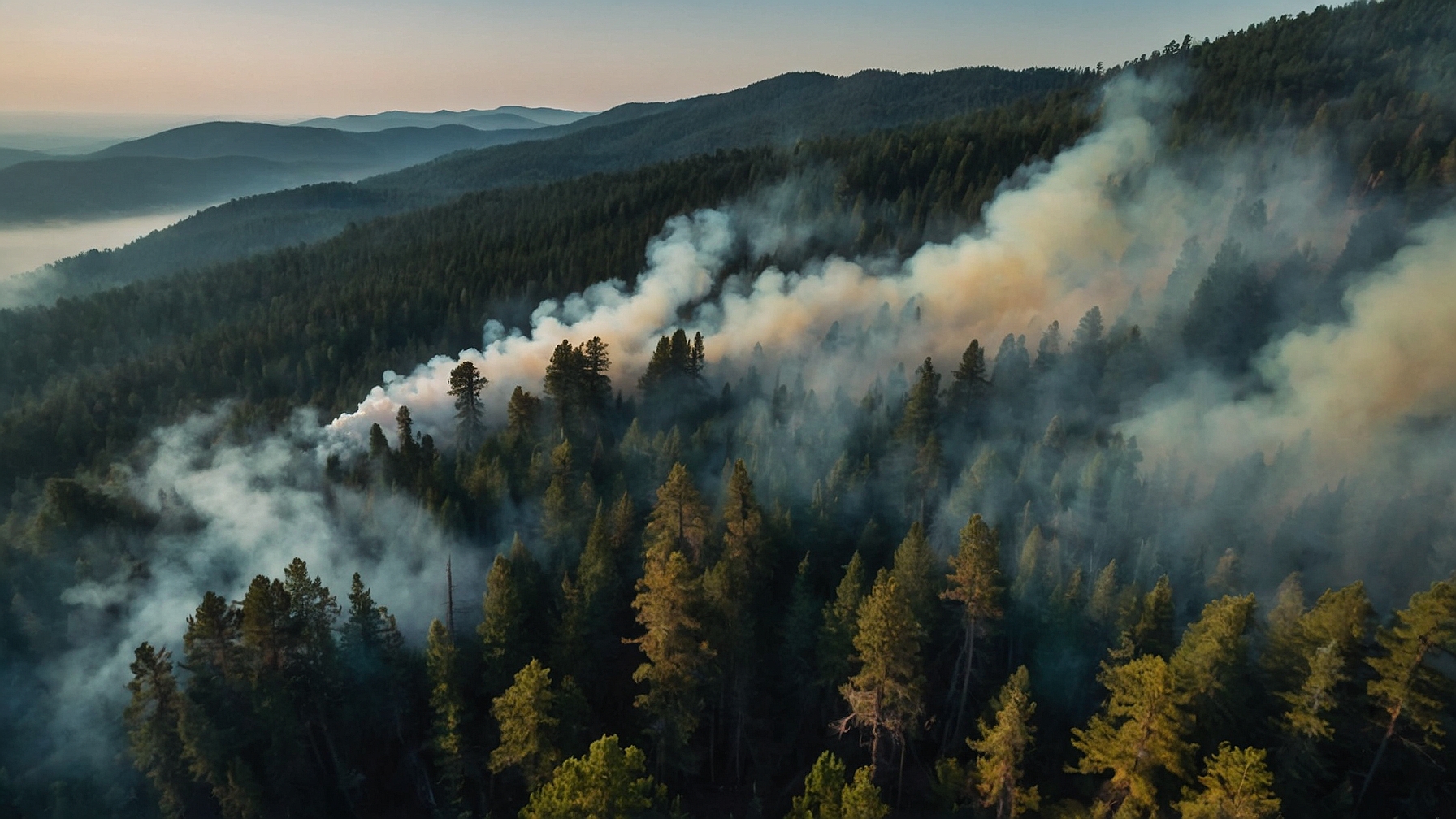
Wildfires in WNC : A Growing Concern, Human Cause Debris Fires
Western North Carolina -- April 2024: Within the Western North Carolina mountains lies a hidden danger - wildfires.
In recent years, the region has been plagued by an alarming surge in wildfires, posing a significant threat to the cherished forests, towns, and cities that define this picturesque landscape. Let's delve into the harsh reality of wildfire activity in Western NC.
Facts Speak Louder Than Flames: The North Carolina Forest Service delivers a sobering statistic: over 5,000 wildfires ravaged the state last year alone. This staggering number underscores the severity of the situation and serves as a wake-up call to all who call this region home. But what sets Western NC apart in this fiery narrative? According to a study by HouseFresh, North Carolina experienced the second-largest increase in wildfire acres burned last year, trailing only behind the wildfire behemoth, California. From 11,000 acres scorched in 2022 to a staggering 70,000 acres engulfed in flames last year, the numbers paint a vivid picture of the escalating wildfire crisis.
“Last year, 99% of wildfires in our state were directly related to human activity,” said Agriculture Commissioner Steve Troxler. “This means that most of our wildfires could have been prevented. Before choosing to burn yard debris, make sure you have a valid burn permit, check the weather and avoid burning on dry, windy days. You are the first line of defense when it comes to preventing wildfires.”
Spring weather tends to draw people outdoors to work in their yards and many choose burning as a method to dispose of leaves, limbs and other yard debris.
“During the spring season, fires can spread quickly,” said North Carolina State Forester David Lane. “Your N.C. Forest Service county ranger is a resource and can provide guidance about when, where and how to burn safely outdoors. Contact your local NCFS county ranger’s office before starting an outdoor fire.”
Whether it's an unattended campfire, a discarded cigarette, or an act of arson, human actions often serve as the spark that sets ablaze the pristine forests of Western NC. As residents and visitors alike flock to these mountains in search of solace and adventure, it's imperative that each individual recognizes their responsibility in protecting this fragile ecosystem.
The North Carolina Forest Service reported there were 72 wildfires in Henderson County and 113 in Buncombe County that burned 512 acres. NC. The following counties saw more than 100 acres burn:
According to Philip Jackson, a spokesman for the Forest Service, 99% of the wildfires in the state in 2023 will be caused by human activity. In addition to attracting more people outside for spring cleaning and pleasure, the warmer weather also increases the likelihood of ignitions. According to Jackson, human activity is responsible for 99% all wildfires in North Carolina. Jackson claimed that only one of the more than 300 wildfires that broke out in the past week was caused by lightning. The causes of all others were human.
The primary cause of wildfires in North Carolina is the burning of debris. Leaves, tree limbs, and other yard garbage are frequently disposed of using this method.
Transylvania County: 30 fires for 107 acres
Macon County: 38 fires for 141 acres
Jackson County: 65 fires for 484.6 acres
Madison County: 54 fires for 243 acres
The Importance of Prevention: In the battle against wildfires, prevention reigns supreme. Dry weather conditions, exacerbated by climate change, create a tinderbox environment ripe for ignition. With spring yet to fully bloom, the landscape remains vulnerable to the ravages of wildfire. This is where the significance of burn permits cannot be overstated. By obtaining proper permits and adhering to fire safety regulations, individuals can play a crucial role in mitigating the risk of accidental blazes and safeguarding the forests, towns, and cities of Western NC.
As we stand at the precipice of another wildfire season in Western North Carolina, the urgency of the situation cannot be ignored. With each passing year, the threat of wildfires looms larger, casting a shadow of uncertainty over our cherished landscapes and communities. Yet, amidst the flames, there is hope. By arming ourselves with knowledge, embracing preventive measures, and fostering a collective commitment to conservation, we can turn the tide against wildfires and ensure a brighter, safer future for all who call Western NC home. The time to act is now.
WNCTimes
Image Credit: WNCTimes


 How to resolve AdBlock issue?
How to resolve AdBlock issue? 